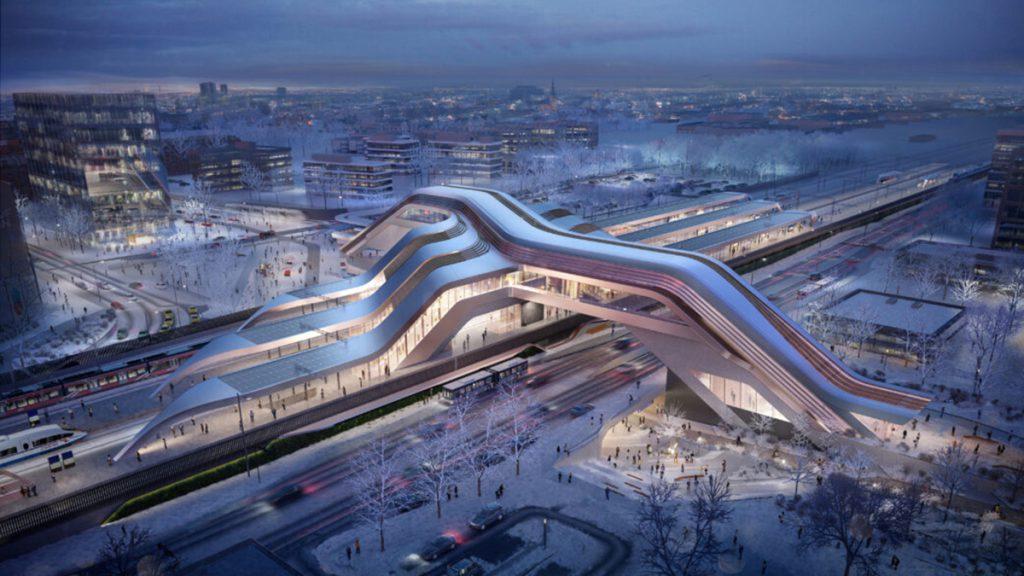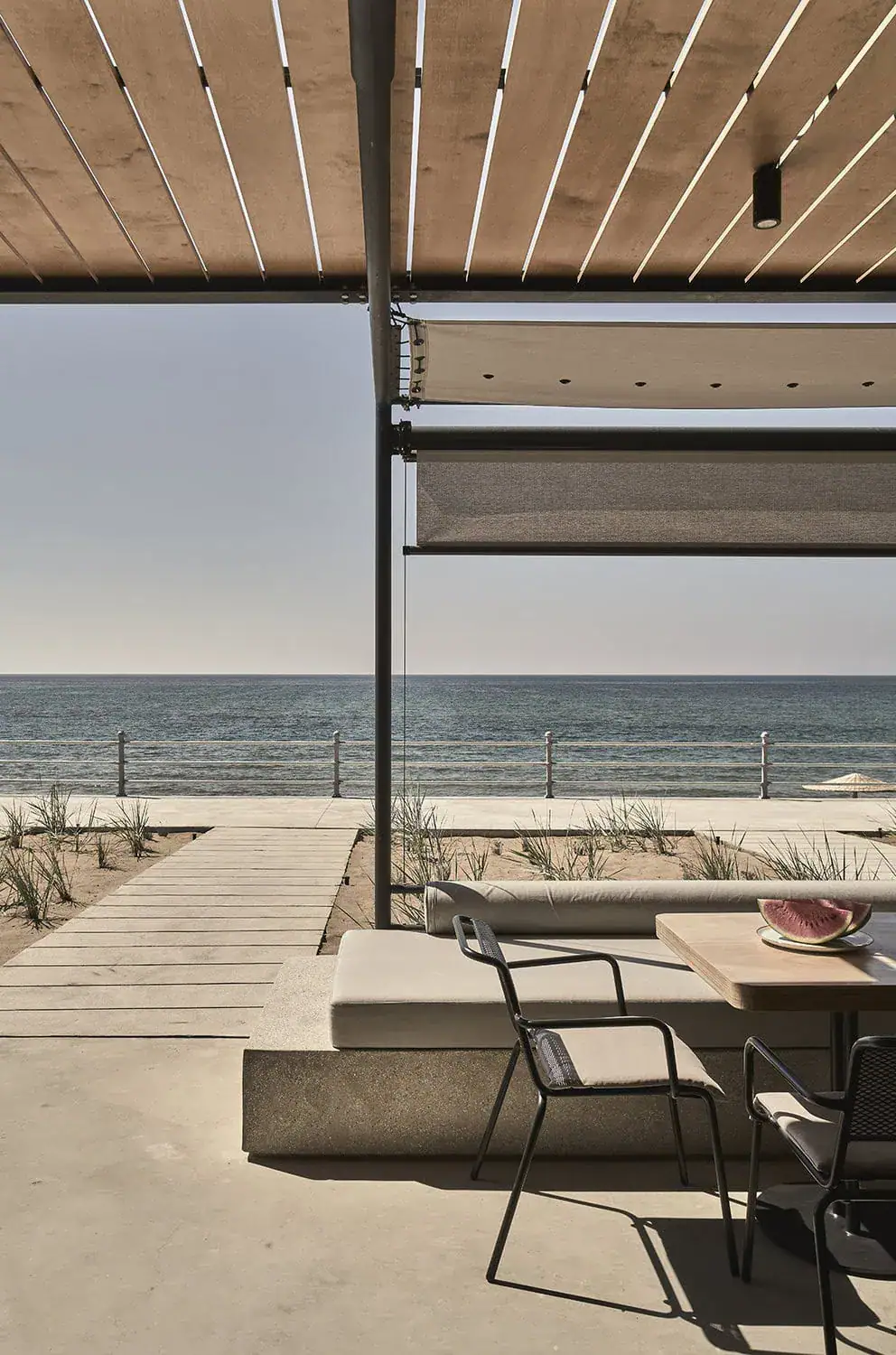An architectural statement, a symbol of mobility, a new heart within Tallinn’s urban fabric: with the construction of the Ülemiste Terminal by Zaha Hadid Architects, a new era of infrastructure is dawning in Estonia.
Estonia has established itself as a pioneer in Europe – and beyond. Few countries invest as heavily in digitalisation and innovation as this Baltic nation. Unsurprisingly, Tallinn plays a central role as the capital and only city with a six-figure population. Here, the Rail Baltica Ülemiste Terminal is emerging as more than just a transport hub. Zaha Hadid Architects (ZHA) have designed a new centrepiece of European mobility that reflects Estonia’s innovative spirit and digital mindset to the world.

In collaboration with Estonian engineering and architecture firm Esplan, ZHA developed a concept that goes far beyond a conventional train station. Ülemiste is becoming a centre for multiple modes of transport, integrating long-distance and local trains, buses and trams, cycle paths and the nearby Tallinn-Lennart Meri Airport. Moreover, the terminal will literally function as a bridge between urban districts previously divided by railway tracks.
A Place of Passage
Orientation and integration were at the heart of the design. Open structures, flowing lines, and generous natural light create a dynamic spatial experience. “The architecture follows movement – the paths of travellers determine the geometry of the space,” says ZHA. The main building will rise to a height of 20 metres, hovering above the railway tracks and the adjacent Suur-Sõjamäe Street. This posed a special construction challenge, as the terminal is being built modularly in stages – a deliberate decision to ensure that rail operations continue uninterrupted.


Each section of the terminal speaks its own architectural language, yet contributes to a common narrative: openness, orientation, quality. Particular attention is given to the design of the concourse. The north and south entrances lead into a light-filled space that serves not only as a thoroughfare but as a place to linger – a bridge in both the literal and figurative sense.
A Place of Economy
Rail Baltica is an 870-kilometre high-speed rail project connecting the capitals of Tallinn, Riga, and Vilnius with Europe’s high-speed network in Poland. €57 million are being invested in the Ülemiste Terminal, scheduled for completion by 2028. “This construction brings us closer to our goal of creating fast and efficient connections to Europe while opening up new opportunities for our domestic economy,” explains Anvar Salomets, CEO of Rail Baltic Estonia.

Ülemiste is located in Lasnamäe – Tallinn’s largest district. Covering approximately 3.4 square kilometres, the area has transformed in recent years from an industrial zone into a dynamic urban development district with high growth potential for living and working. With three shopping centres, the surrounding area offers comprehensive infrastructure. Now, 150 years after the initial railway development, Ülemiste stands at a new turning point. “With the Rail Baltica Ülemiste Terminal, a new international transport hub is being created here – and a vision for the future once again grounded on the rails,” say the project’s leaders.
A Place of the Future
“The design of the Ülemiste Terminal is characterised by seamless integration into its surroundings,” emphasises Gianluca Racana, Board Director at Zaha Hadid Architects. “It combines user comfort, outstanding connectivity, and efficiency within a pioneering mobility hub while meeting the highest sustainability standards.” The project follows BREEAM guidelines. “We are not only building a state-of-the-art hub but also thinking towards a future.” User-friendliness, energy efficiency, and durability form the cornerstones of the design.


In 2019, an international competition was launched, with Zaha Hadid Architects’ team emerging victorious among many competitors. The jury included notable figures such as former Tallinn city architect Endrik Mand, as well as representatives from Estonia’s railway and business sectors. Anvar Salomets summed it up during the 2024 groundbreaking celebrations: “Just a few years ago, we wouldn’t have dared dream of laying the foundation stone today. In 2028, we invite everyone to the grand opening.”
Text: Michi Reichelt
Bilder: negativ








